Nrog rau kev nce nrawm ntawm cov xov tooj sib txuas hauv network thiab cov ntaub ntawv xa tawm, kev tswj hwm cable yuav tsum tau txais kev saib xyuas txaus hauv cov ntaub ntawv xa tawm.Qhov tseeb, muaj peb yam tseem ceeb uas cuam tshuam rau kev ua tau zoo ntawm cov chaw ua haujlwm zoo: MTP / MPO cables, fiber ntau cassettes thiab fiber ntau thaj panels.Thiab lub luag haujlwm uas fiber ntau ua si hauv kev xa tawm network yuav tsum tsis txhob raug kwv yees.Hauv qab no yog cov lus qhia dav dav rau fiber ntau cassettes.
Fiber Cassette yog dab tsi?
Txhawm rau muab nws yooj yim, fiber ntau cassette yog hom khoom siv sib txuas rau kev tswj hwm cable zoo.Feem ntau,fiber ntau cassettestuaj yeem muab cov kev daws teeb meem sib txuas thiab kev sib xyaw ua ke ntawm cov hlua khi hauv ib lub pob compact.Nrog rau qhov tshwj xeeb no, lub cassette tuaj yeem thim rov qab tawm ntawm lub chassis, uas yooj yim rau kev nkag mus rau adapters thiab cov khoom sib txuas thiab tseem muaj kev teeb tsa network.Nyob rau hauv txoj kev no, thaj qaum kev tswj hwm tau txhim kho, yog li txuag lub sijhawm thiab txo qhov kev pheej hmoo ntawm kev cuam tshuam nrog lwm cov fiber ntau thaj qaum hauv lub network enclosure thiab.
Tsuas yog coj lub khib-mountedfiber ntau cassettesPiv txwv li, lawv feem ntau yog siv rau ntau yam xwm txheej, tshwj xeeb tshaj yog nyob rau hauv cov chaw zov me nyuam.Qhov tseeb, thaum rack-mounted fiber ntau cassettes feem ntau yog tus qauv 19 ntiv tes dav, lawv tuaj yeem sib txawv hauv qhov siab, suav nrog 1 RU, 2 RU, 3 RU, 4 RU, thiab lwm yam. Yog li ntawd, cov tuam txhab tuaj yeem xaiv qhov loj me ntawm fiber ntau raws li rau lawv cov kev xav tau.
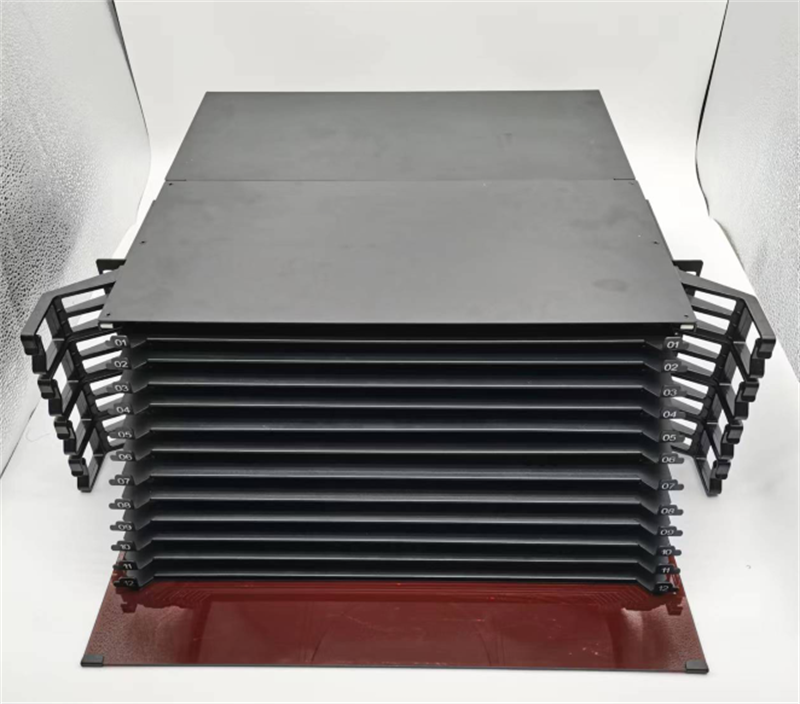
Dab tsi yog Hom Fiber Cassettes?
Qhov tseeb, hom fiber ntau cassettes yuav txawv raws li cov qauv sib txawv.Nov yog qee yam tseem ceeb uas cov tuam txhab lag luam yuav tsum tau xav txog thaum xaiv cov khoom siv fiber ntau uas tsim nyog rau lawv cov kev lag luam network.
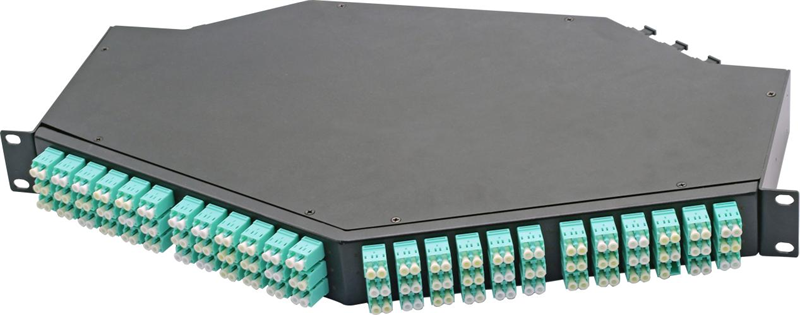
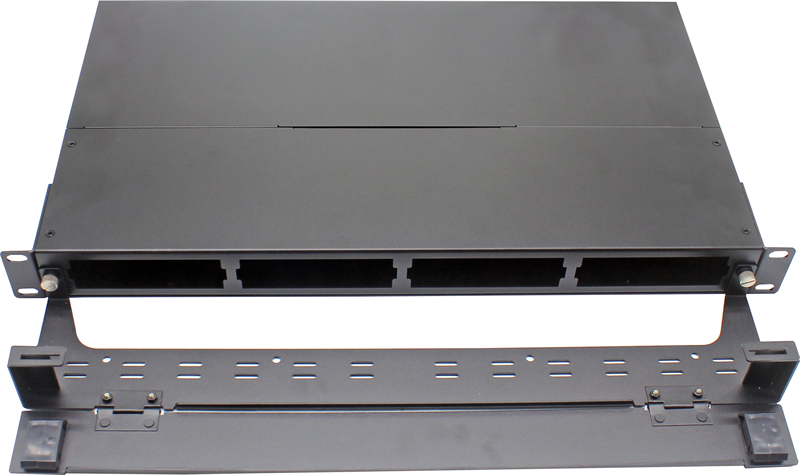
Siv Case
Los ntawm nam ntawm cov ntaub ntawv siv, 1RU khib-mounted fiber ntau cassettes yuav muab faib ua clamshell fiber cassettes, zawv zawg fiber ntau cassettes, thiab rotational fiber cassettes.Clamshell fiber cassettes yog qhov ntxov tshaj plaws fiber ntau cassette, uas yog pheej yig heev tab sis tsis yooj yim rau siv.Sib piv nrog clamshell fiber cassettes, zawv zawg fiber ntau cassettes thiab rotational fiber cassettes muaj tus nqi siab dua vim tias lawv yooj yim rau nruab thiab tswj cov cables.Es tsis txhob tshem cov cassettes ntawm lub khib los tuav lub cable, IT cov kws tshaj lij tuaj yeem ua li ntawd los ntawm kev rub lossis tshem tawm cov tais cassette.
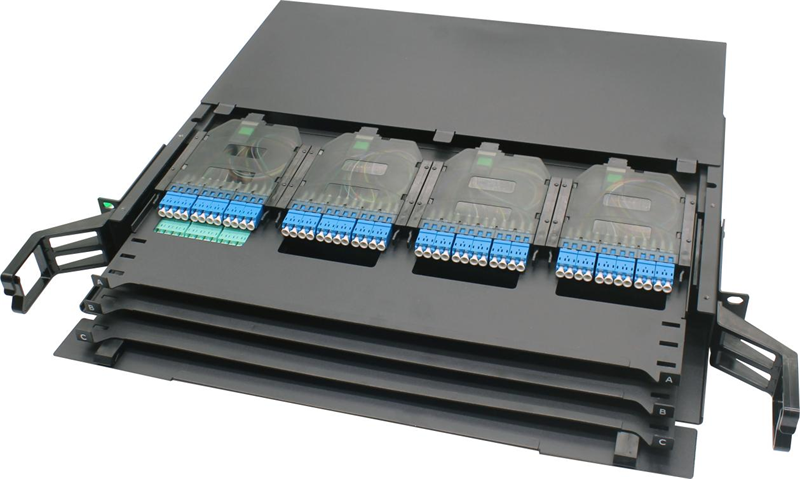
Pem hauv ntej vaj huam sib luag
Nyob rau hauv lub network thaiv qhov system, fiber ntau adapters yog ib qho tseem ceeb ntawm fiber ntau cassettes, uas tso cai rau fiber optic cables interconnect nyob rau hauv loj tes hauj lwm, yog li ua kom muaj kev sib txuas lus ib txhij ntawm ntau yam khoom siv.Qhov tseeb, tus naj npawb ntawm fiber ntau adapters muaj kev sib sib zog nqus nrog qhov ntom ntawm fiber ntau cassettes.Tsis tas li ntawd, fiber ntau adapters tau dav siv hauv cov khoom siv kho qhov muag fiber ntau, ntsuas ntsuas, thiab lwm yam.
Feem ntau, fiber ntau adapters yog ntsia rau ntawm lub vaj huam sib luag pem hauv ntej ntawm fiber ntau cassettes.Raws li kev tsim ntawm lub vaj huam sib luag pem hauv ntej, fiber ntau cassettes tuaj yeem muab faib ua ob hom: pem hauv ntej vaj huam sib luag ruaj fiber ntau cassette thiab pem hauv ntej vaj huam sib luag tsis tsau fiber ntau cassette.Feem ntau, pem hauv ntej vaj huam sib luag tsau fiber ntau cassettes yog tus qauv 19 ntiv tes dav nrog tus naj npawb ruaj khov ntawm fiber ntau rau lawv.Rau pem hauv ntej vaj huam sib luag tsis tsau fiber ntau cassette, 6 los yog txawm 12 detachable fiber optic adapters tuaj yeem ntsia tau.Ntxiv mus, lawv feem ntau yog siv rau high-density cabling thiab saj zawg zog cable tswj.
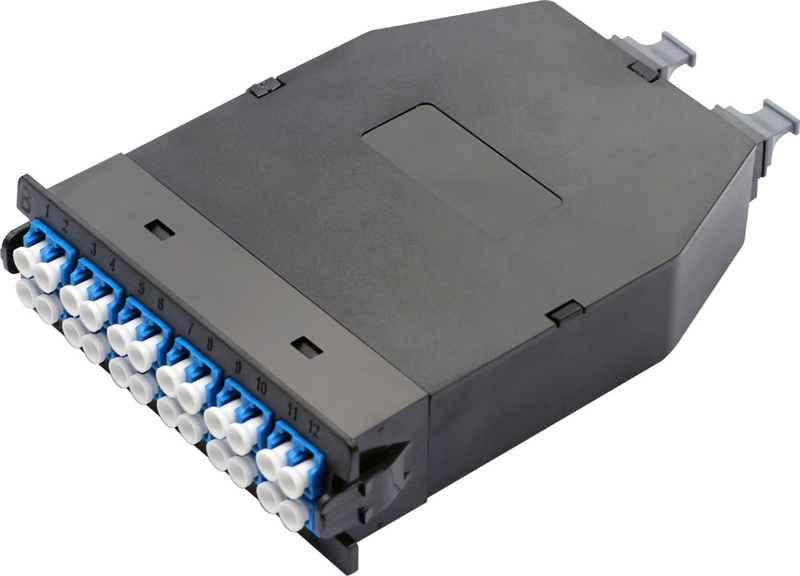
Fiber Termination
Raws li ob txoj kev sib txawv fiber ntau ntawm pigtail fusion thiab pre-terminated, muaj ob hom fiber ntau cassettes: pigtail fusion splicing fiber cassette thiab pre-termination fiber cassette.Ob hom fiber ntau cassettes no txawv ntawm ib leeg rau qee yam.
Piv txwv li, muaj fiber ntau splicing tais hauv pigtail fusion splicing fiber ntau cassettes, uas yog tsuas yog siv los tswj thiab tso cov splicing fibers ntawm qhov chaw ua hauj lwm.Txawm li cas los xij, hauv kev txiav cov fiber ntau ua ntej, tsuas muaj cov khoom siv rau kev tswj cov fiber ntau optic cables, uas txuag lub sij hawm installation thiab nqi zog los ntawm kev ua kom yooj yim cov kauj ruam ntawm kev txiav cov fibers ntawm qhov chaw ua haujlwm.
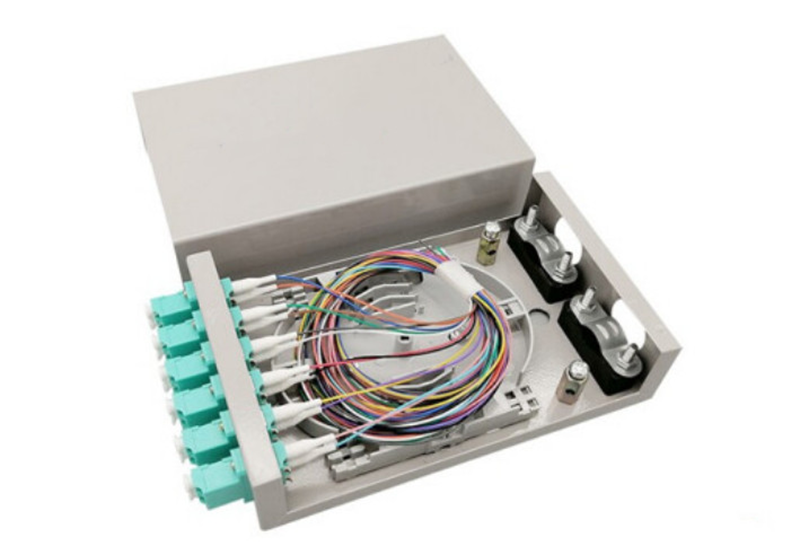
Xaus
Txhawm rau ua kom tiav, ua ib qho tseem ceeb tshaj plaws ntawm cov kab hluav taws xob sib txuas, fiber ntau cassettes ua kom yooj yim rau kev tswj cov kab hluav taws xob tsis yooj yim thiab txuag sij hawm thiab nqi zog ib yam.Feem ntau, fiber ntau cassettes tuaj yeem muab faib ua ntau hom raws li cov txheej txheem sib txawv, suav nrog cov ntaub ntawv siv, tsim vaj huam sib luag pem hauv ntej, thiab kev txiav fiber ntau.Thaum xaiv cov fiber ntau cov ntaub ntawv tsim nyog rau cov chaw zov me nyuam thiab cov chaw lag luam, cov lag luam yuav tsum ua ntau yam rau hauv kev txiav txim siab, xws li optical cable ceev thiab kev tswj hwm, kev tiv thaiv kab mob kho qhov muag, kev ntseeg siab ntawm kev ua haujlwm hauv network, thiab lwm yam, yog li txiav txim siab zoo raws li lawv. xav tau tiag tiag.
Post lub sij hawm: Sep-15-2022

